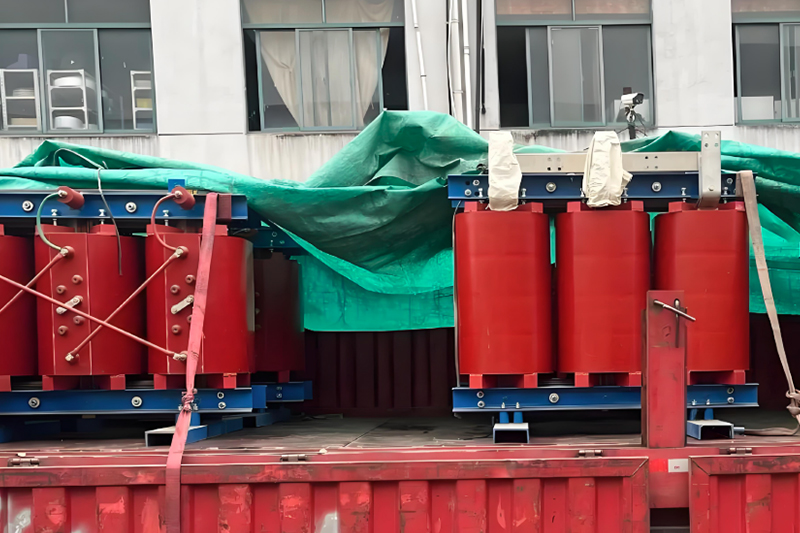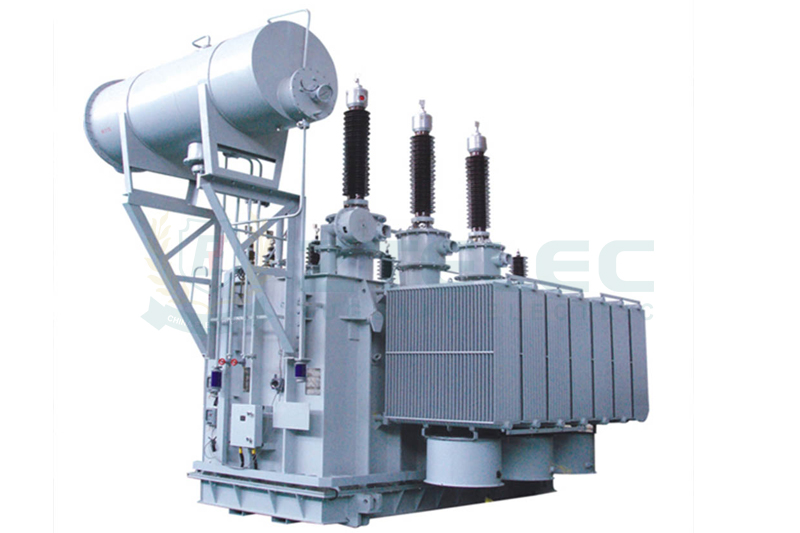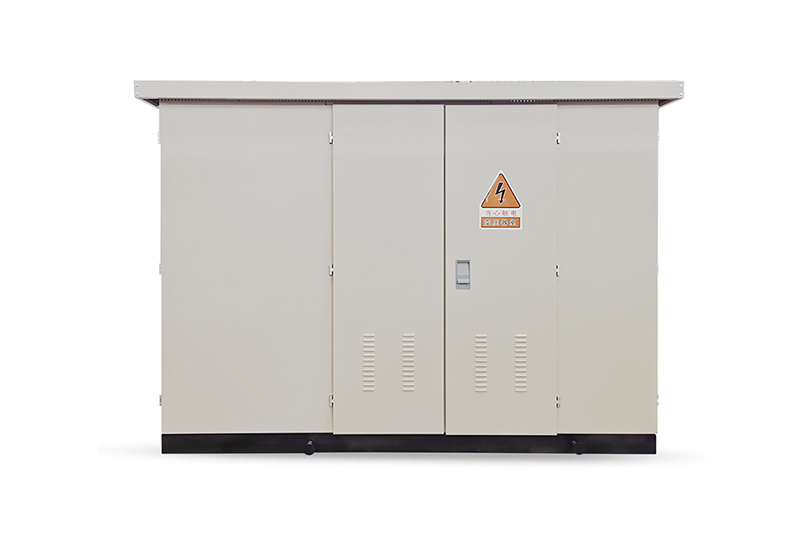Dry-Type Transformer Model Selection: How to Choose the Right Product According to Your Needs?
Time:2025-06-27 Auther:ZTelec-www.ztelectransformer.com
Dry-type transformers are critical components in modern power systems. Their selection directly impacts the safety, efficiency, and reliability of power supply. With numerous models available in the 2025 market, choosing the right transformer requires a clear understanding of technical parameters and practical application needs. This guide outlines key selection factors, common mistakes, and scenario-based recommendations.

Key Parameters and Technical Considerations
1. Rated Voltage and Current
Definition: Rated voltage is the maximum operational voltage under standard cooling; rated current is the maximum current under the same conditions.
Why it matters: Determines load capacity and stability. Accurate matching to system needs is crucial for safe operation.
2. Rated Power
Definition: The maximum continuous output power the transformer can provide.
Selection tip: Rated capacity should be 1.5–2 times the actual load to avoid overload risks and ensure future-proofing.
3. Cooling Method
Natural Air Cooling (AN): Suitable for continuous, stable loads with low maintenance needs.
Forced Air Cooling (AF): Ideal for short-term or emergency overload, allowing temporary capacity increases of 30–50%.
4. Impedance Voltage
Impact: Affects short-circuit current limitation and voltage stability.
Application: Must be matched to grid design to avoid voltage drops and ensure fault tolerance.
5. Special Environmental Requirements
Commercial safety: Dry-type transformers are preferred in places like hospitals and data centers due to their flame-retardant, oil-free design.
Heavy industry: Oil-immersed transformers may be considered for large loads, but fire safety and maintenance costs should be evaluated.
Scenario-Based Model Recommendations
| Application Scenario | Recommended Model | Key Features |
|---|---|---|
| Data Centers | SCB18, Smart Series | Level 1 efficiency, IP20 protection, intelligent monitoring |
| Renewable Energy Systems | SCBH19, SCB18 | Amorphous core, ±15% voltage range, IP23 |
| Industrial Automation | SCB18, Smart Series | Short-circuit resistance, real-time diagnostics, IP23 |
| Commercial Buildings | SCB14, SCB18 | Cost-effective energy efficiency, compact design, IP20 |
Step-by-Step Transformer Selection Process
1. Calculate Load Requirements
Define system capacity, voltage, and current levels. Add a 1.2–1.5× redundancy factor to avoid overloading under peak demand.
2. Match to Application Scenario
Choose energy-efficient products (e.g., SCB18, SCB14) based on national standards like GB 20052. Adjust protection level based on humidity and dust exposure (e.g., IP23 for coastal or dusty areas).
3. Integrate Modern Technologies
Give priority to smart transformers that support temperature sensing, remote alarms, and energy analytics to enhance system uptime and O&M efficiency.
4. Verify Supplier Certification
Ensure products are CCC certified, energy efficiency labeled, and backed by third-party performance reports.
5. Evaluate Lifecycle Costs
Total Cost of Ownership (TCO) = Initial cost + long-term energy cost (based on efficiency) + maintenance (cooling fans, insulation checks, etc.)
Common Mistakes to Avoid
1. Oversizing Capacity
Issue: Oversized transformers increase no-load losses and reduce efficiency.
Tip: Match load capacity within a 1.2–1.5× range for optimal energy savings and performance.
2. Ignoring Environmental Conditions
Issue: Using low-protection models in humid or dusty environments accelerates insulation aging and failure.
Tip: Choose IP23+ protection for coastal, industrial, or corrosive areas.
3. Overlooking Intelligent Features
Issue: Lack of fault monitoring can cause unexpected outages and operational losses.
Tip: For mission-critical settings (e.g., data centers), prioritize intelligent transformers with remote diagnostics.
Choosing the right dry-type transformer is a technical decision that impacts power system stability, safety, and long-term cost. By understanding core parameters, matching models to specific scenarios, and avoiding common mistakes, you can select a reliable, efficient transformer tailored to your needs.





